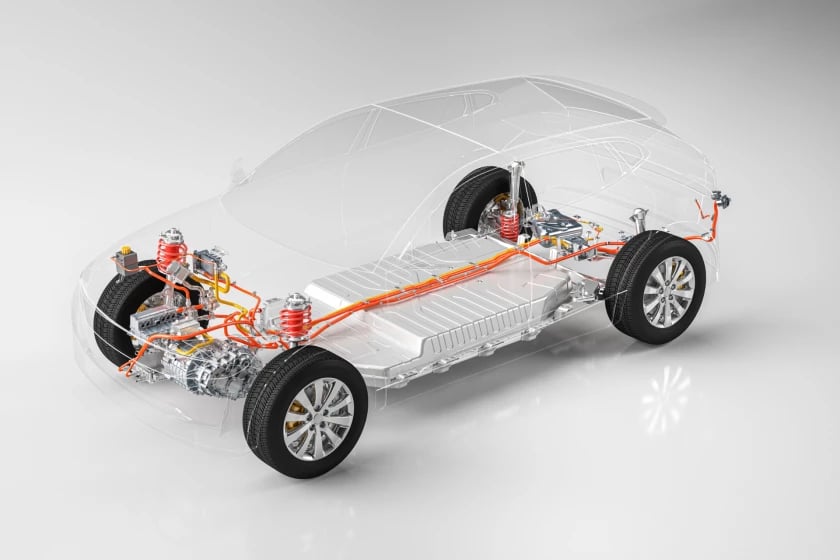3 SIMPLE WAYS TO EXTEND THE LIFESPAN OF AN EV BATTERY
2 years ago
An EV battery could last 20 years or more if properly cared for. However, if not properly cared for, it could have a lifespan as short as 8-10 years.

Replacing EV batteries carry an enormous cost both to the car owner and to the environment. They cost between $12,000 and $40,000 to replace and generate between 3 and 16 tons of CO2 in production.
Fortunately, they’re remarkably easy to care for - and adopting good habits can help extend their life significantly and maximize the positive impact of driving emission-free.
Here are three easy ways you can maximize the battery life of your electric car, starting today.
1. USE AC CHARGERS WHEREVER POSSIBLE
The most obvious way is to consider the method used to charge the battery. Using an AC charger instead of a DC/fast charger will extend the lifespan of the battery.
AC chargers take longer to charge the battery and use a lower voltage and amperage to charge the battery, which is gentler on the battery's cells.
In contrast, DC fast chargers charge the battery quickly but use a higher voltage and amperage that generate more heat and cause more wear and tear on the battery's cells, damaging the battery over time.
It’s best to use an AC charger like TeltoCharge for your daily charging needs - and to limit the use of fast chargers to exceptional situations, like longer road trips and emergency situations.
2. ALWAYS KEEP YOUR BATTERY'S CHARGE BETWEEN 20% AND 80%
The habit of charging the battery to 100% can harm the battery and reduce its charge capacity over time. Similarly, letting the battery drain too close to zero before charging it can cause unnecessary stress on the battery and shorten its overall lifespan. The battery is least stressed at around 50% capacity because this is the point at which the battery's voltage is at its most stable. Therefore, keeping the battery at around 50% capacity can reduce the number of charging cycles and extend the lifespan of the battery.
It is not practical to aim for exactly a 50% charge, but an easily maintainable range is to always keep the charge between 20% and 80%. While your car should have standard protections against overcharging - smart chargers provide an extra layer of protection by controlling the flow of electricity itself. Plus, it collects valuable data about your charging habits and power usage - and you can customize your charge settings and control everything from the mobile app.
3. PARK YOUR CAR IN A DRY, COOL PLACE
A small detail that is often overlooked is where the EV is parked. It is best to park the EV in a cool, dry place, especially in summer and hot climates like in Australia. It is important to keep the EV parked indoors or in the shade and avoid letting it sit for long periods in direct sunlight.
When lithium-ion batteries are stored at high temperatures or at low charge levels, they will start to degrade. If you’re planning on leaving your car parked for a long time (a few days or more), charge it to around 50% and park it somewhere temperate and ventilated.
Overall, caring for your lithium-ion battery is the best way to prolong the life of your electric car. Their lifespans can be greatly affected by how they are charged and stored. Plus, any damage done to lithium-ion batteries is non-reversible. So, it’s always best to adopt good habits as soon as possible.
By following these three simple steps, it is possible to extend the lifespan of the battery, which is critical to the life of your electric car.
Share it with friends!
We’re here to help!